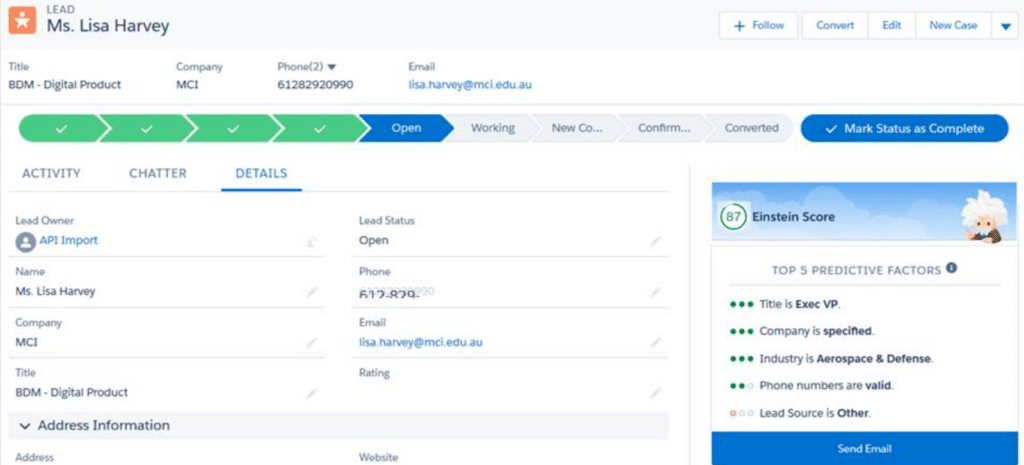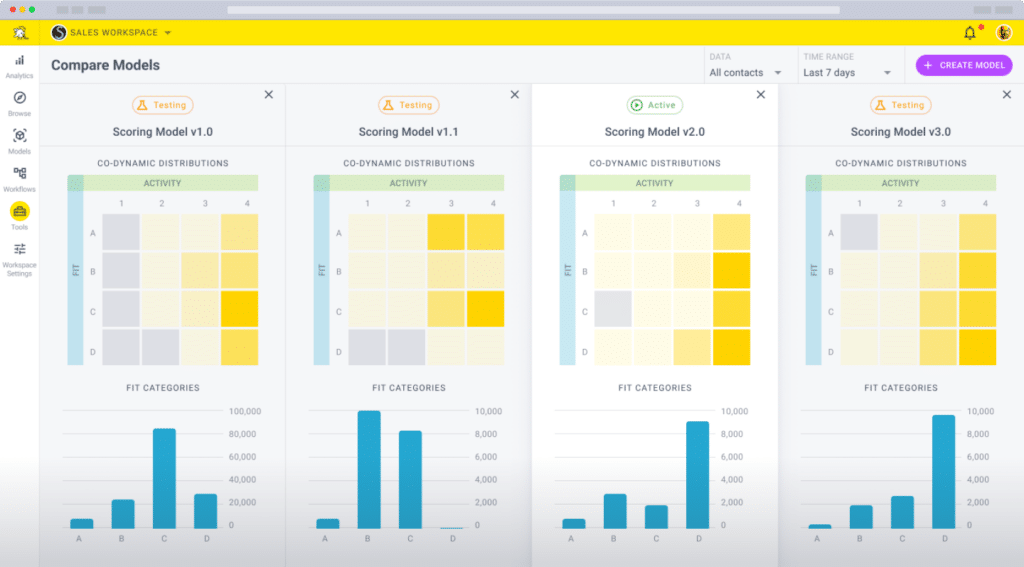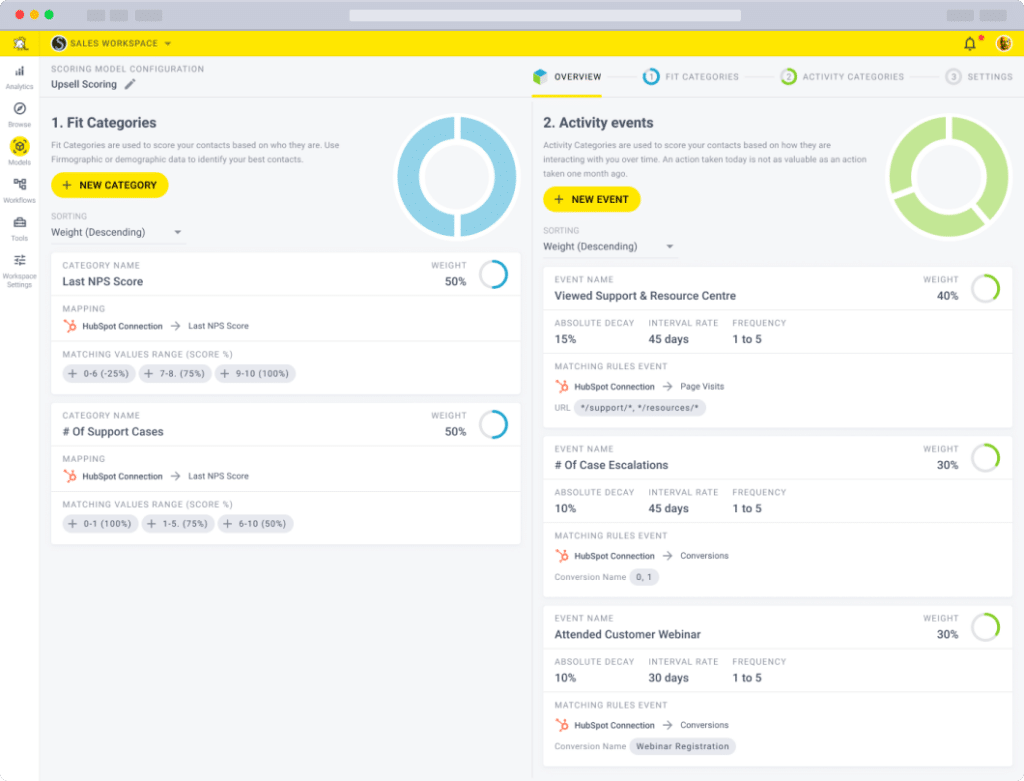

Unkover your competitors’ Marketing Secrets
Say goodbye to wasting hours on competitor analysis by equipping your team with an AI-driven, always-on competitive intelligence platform.


Say goodbye to wasting hours on competitor analysis by equipping your team with an AI-driven, always-on competitive intelligence platform.

Stay Ahead with AI-DRIVEN Competitive Intelligence
Unkover is your AI-driven Competitive Intelligence team delivering critical updates about your competitors the moment they happen:
Track your competitors website changes
Why spend all day stalking the competition when you don’t have to?
With Unkover, you’ll know instantly when your competitors tweak their messaging or shake up their pricing. No more endless scrolling through their sites or second-guessing your strategies.
Let us do the heavy lifting for you, ensuring you’re always in the loop by notifying you the moment a critical change happens on your competitor’s pages.
Sit back, relax, and keep winning—Unkover makes sure you’re not just in the game, you’re always a step ahead.


Read your competitors emails
Companies love updating their customers and prospects about relevant news, product updates, and special offers.
That juicy info from your competitors? It’s yours too. Unkover will automatically capture all their emails and bring them right to your doorstep—accessible to your entire team, anytime.
[COMING SOON: Our fine-tuned AI will sift through these emails, extract key information and send them over to the best team within your org. Less noise, more signal!]
We hear you! Unkover’s goal is not to flood you with tons of data points that no one in your team will ever read. We gather competitive intelligence from thousands of data sources and use AI to highlight actionable information to the right team in your company.
Say goodbye to noise. We’re 100% signal.
ROADMAP
We’re excited to get Unkover in your hands as soon as possible and keep building the best competitive intelligence tool with your precious feedback. The roadmap for the next few months is already exciting, so take a look!
While we build and deliver, here’s our promise to you: as an early tester and customer, you’ll lock in an exclusive bargain price we’ll never offer again in the future.

Spy on your competitors’ full marketing strategy: social, ads, content marketing, email flows, and more.

Track competitive Win/Loss analysis and build battle cards. Get alerted at every pricing change.

Get immediate alerts when competitors announce new features or major releases. Identify strengths and weaknesses from online reviews.

Get the competitive intelligence you need where you need it: Slack, eMail, MS Teams, Salesforce, Hubspot, Pipedrive and more.
slack integration
Unkover’s Slack integration lets you keep your whole team up to speed with your competitors’ updates.

Join now to lock in an exclusive 50% lifetime discount
For startups and small teams, it’s the essential toolkit you need to keep an eye on a select few competitors.

Up to 5 competitors

50 pages monitored

10 email workflows

3-day data refresh
$39
/per month
$ 79
50% discount
Billed annually
For growing businesses, it allows you to monitor more competitors, pages, and email workflows.

Up to 10 competitors

100 pages monitored

20 email workflows

1-day data refresh
$79
/per month
$ 159
50% discount
Billed annually
For large companies, it is tailored to meet the needs of multiple teams needing granular insights.

Custom number of competitors

Custom number of pages monitored

Custom number of email workflows

Hourly data refresh
Custom price
Billed annually

Not all leads are the same.
But how do you know which ones are more likely to convert? The answer lies in lead scoring. Assigning a “score” to leads based on how little or how much they interact with your brand (and the impact those actions have on their loyalty) reduces the amount of time you spend chasing flaky leads so you can focus on buy-ready prospects.
Here’s the issue: Doing this manually is a huge task and a major time-suck, which is why it’s helpful (read: lifesaver) to have a tool on hand to help.
In this post, we’re going to lay out the pros and cons of lead scoring with two big-name tools: HubSpot vs. Salesforce. Perhaps you’re on the fence or simply want to understand which one is the best fit for your business. Either way, this guide will help you make a decision.
Lead scoring is such a crucial part of converting fresh prospects—but it can be a real drag if you’re using the wrong tool. The tool you choose should act as a lead generation partner with as little manual labor involved as possible.
Here’s what to look out for:
Both HubSpot and Salesforce cover all these bases, which is why it can be so hard to choose between the two. Below, we dive into the functionalities and capabilities of each platform (and their potential downsides).
Lead scoring is the method of assigning points to contacts or potential prospects based on…
BANT is an acronym that stands for Budget, Authority, Need, and Timeline. It is a…
Lead qualification is a systematic process utilized by businesses to evaluate potential customers based on…
HubSpot is a powerful CRM platform that makes it easy for businesses to connect their marketing and sales departments. It’s a no-brainer that it’s added a wealth of lead scoring capabilities to its repertoire. Here’s what it includes:
HubSpot lead scoring can automatically score contacts across thousands of data points to prioritize who you should follow up with first.

Collect every action, message, and interaction a customer has had with your brand in one central place—from the first page they viewed to the most recent deal closed.
HubSpot lead scoring is powered by machine learning so it can quickly scout through thousands of data points and identify your best leads in seconds. It gets smarter over time to optimize your strategy.

You can create your own criteria based on any available data in HubSpot (i.e., form submissions, page views, CTA clicks, or email interactions).

HubSpot uses lead scoring to segment your email lists and trigger rep notifications. This means you can reach out to leads while they’re still hot and increase the chances of conversion.

This is a really cool feature of HubSpot. You can serve different web content to different leads depending on how qualified they are. For example, you can create two versions of a product page—one for cool leads and one for hot leads.
You can create multiple score sheets to help you scale. This is particularly good for companies with more than one audience who want to expand into new product lines, regions, and audiences.
HubSpot Lead Scoring Pros
HubSpot has all the lead-scoring features you need to reach out to the right people at the right time. But, like with any tool, there are some friction points.
HubSpot Lead Scoring Cons
The main downsides are the lack of custom reporting for smaller accounts and the inability to gather data from multiple external sources without integrating another tool (luckily, Breadcrumbs fills this gap, which we’ll discuss later on).
Read:
Salesforce is one of the best-known CRM tools and offers a variety of features and applications to help businesses generate more sales, improve customer service, and automate their marketing efforts. It has an extensive range of lead-scoring features, including:
You can use a variety of criteria or actions to calculate a lead’s score based on your overall goals (i.e., the number of pages visited, searches performed on-site, or whether the prospect has downloaded anything from your site).

Salesforce automatically evaluates inbound leads based on the criteria you’ve given it and applies a letter grade (A-F). This ensures the leads being passed from marketing to sales match your ICP.
The tool keeps a close eye on the criteria and factors you’ve identified as important to give a final total to each lead.

Perhaps the most innovative part of Salesforce lead scoring features is its AI-powered tool, Einstein. This can analyze lead conversion history to help you target the best leads moving forward.
Salesforce Lead Scoring Pros
Salesforce’s Sales Cloud Einstein is great for businesses that want to discover upcoming trends and forecast their lead-generation efforts. But, again, there are some things to look out for when using it as your lead scoring partner.
Salesforce Lead Scoring Pros
The biggest pitfalls of Salesforce as a lead scoring tool are its limited analytics and customization features. Plus, its biggest selling feature (Sales Cloud Einstein) is only available to top-tier accounts.
Read:

Salesforce is one of the most high-powered sales and CRM-focused SaaS tools on the market…

Every good sales team needs a great customer relationship management (CRM) tool backing them up. …

Over the past decade, we’re sure that you’ve noticed that your marketing tech stack options…
There’s a big risk in getting lead scoring wrong. You can end up targeting the wrong leads with the wrong information, which can create frustrating experiences and a lack of trust. But what can you do when even the best CRMs in the world don’t have everything you need?
The answer: Integrate Breadcrumbs.
By connecting Breadcrumbs to either Salesforce or HubSpot (it integrates seamlessly with both tools), you can unlock a suite of features that will level up your lead-scoring game and bypass the limitations the tools have on their own.
Here’s what it can do:


HubSpot and Salesforce both have plenty of pros and cons. Both let you create your own scoring criteria and give you an overview of which leads are the most qualified. Salesforce lead scoring has the help of Sales Cloud Einstein to get analytics on industry trends and patterns, while HubSpot lead scoring has a ton of powerful optimization capabilities.
The downside of both is that you can only collect data that live natively in each platform (or via tools that integrate seamlessly with each platform), which means you might be missing out on important data.
No matter which tool you choose, you can integrate it with Breadcrumbs to power up your lead scoring. It can collect data from multiple sources, compare it across platforms, and take your lead-scoring activities one step further. Even better—you can start for free.